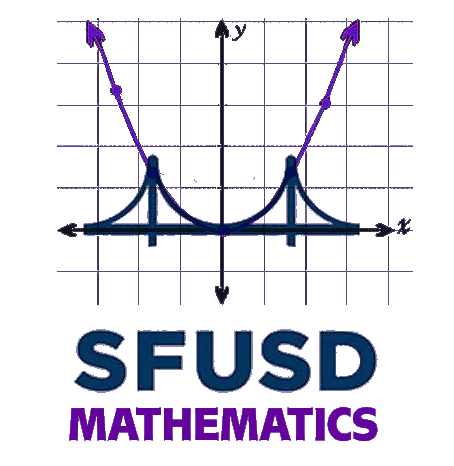
Overview
Fifth-grade students in SFUSD engage in 50-60 minutes of daily math instruction that provides a strong sense of agency and supports their identities as mathematicians. Prioritize building a strong foundation in problem-solving, conceptual understanding, and procedural fluency, by utilizing rich math tasks that students engage in collaboratively and individually. Fifth graders continue to develop flexibility and fluency with numbers, including fractions, decimals, and multi-digit arithmetic. The required fluency for 5th graders is multi-digit multiplication.

During math instruction, students are engaged in a number of routines and instructional contexts. Math Talks support flexibility in using a variety of mental math strategies, games, and re-engagement activities that will increase fluency and result in joyful math learners.
Priority Standards Link to this section
What students will know, what students will do, and what thinking skills students will develop to apply and transfer mathematical understandings that endure within the discipline, leverage deeper understandings, and/or support readiness for success at the next grade level.
In Fifth grade focus on these critical areas:
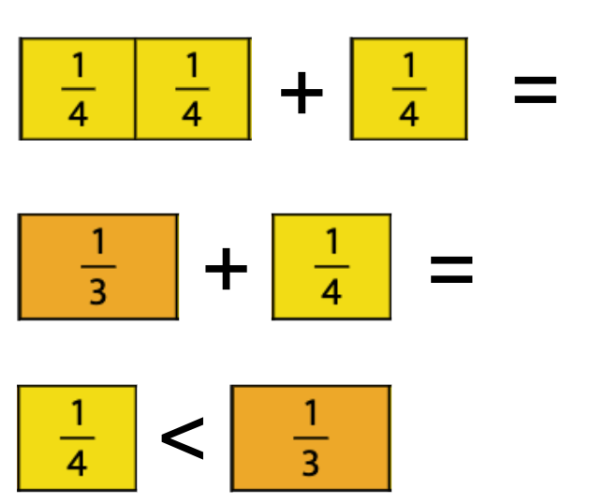
Developing fluency with addition & subtraction of fractions, and developing understanding of the multiplication of fractions and of division of fractions in limited cases (unit fractions divided by whole numbers & whole numbers divided by unit fractions)
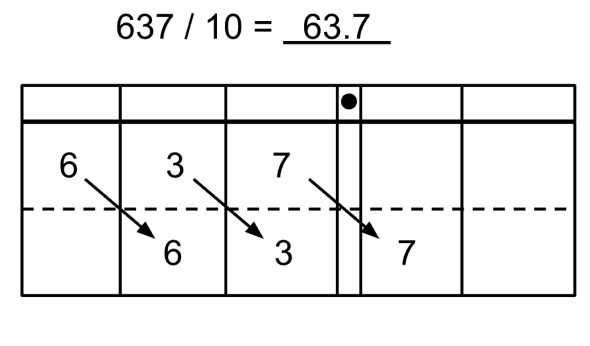
Extending division to 2-digit divisors, integrating decimal fractions into the place value system and developing understanding of operations with decimals to hundredths, and developing fluency with whole number and decimal operations
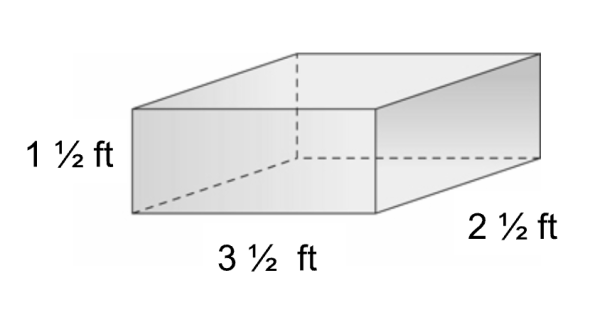
Developing understanding of volume
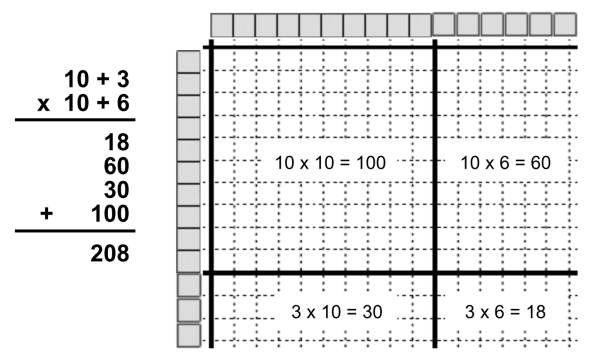
Building fluency in multi-digit multiplication
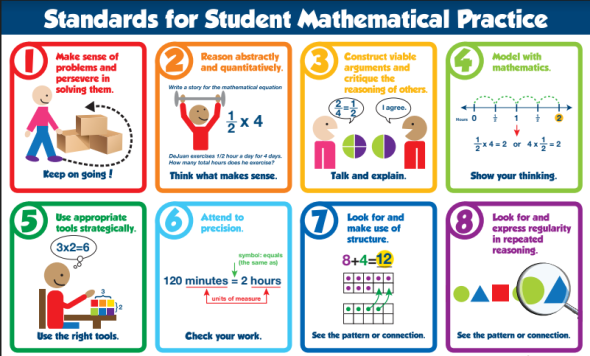
Behaviors of Mathematicians
- Make sense of problems and persevere in solving them
- Reason abstractly and quantitatively
- Construct viable arguments and critique the reasoning of others
- Model with mathematics
- Use appropriate tools strategically
- Attend to precision
- Look for and make use of structure
- Look for and express regularity in repeated reasoning
Instruction: Signature Elements Link to this section
Below are signature elements of SFUSD Math instruction that students should experience regularly throughout Fifth Grade as they develop as mathematicians.
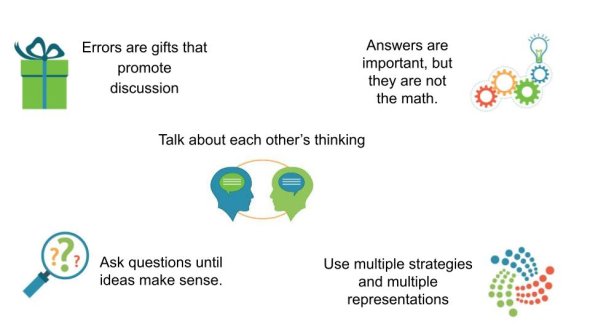
Math Norms
Class norms help students, and give them opportunities to be accountable to the community and to act on the prosocial values of responsibility, respect, fairness, caring, and helpfulness. They support equitable participation, engagement with the practices of doing math, and the establishment of a positive classroom climate. Establish class norms at the beginning of the school year and continue to reinforce them every day.
Math Talks
Math Talks are teacher-led, student-centered techniques for building math thinking and academic discourse. They allow for multiple entry points and encourage students to value the thinking of others so that they can build a better understanding of their own thinking. Math Talks support students in developing their mental math skills.
Three Read Protocol
The Three Read Protocol is one way to do a close read of a complex math word problem or task. This strategy includes reading a math scenario three times with a different goal each time. The first read is to understand the context. The second read is to understand the mathematics. The third read is to elicit inquiry questions based on the scenario.

Groupwork Feedback
Groupwork feedback is a strategy to publicly recognize the class norms and math focus of students as they work in groups. Group work is loosely defined to include partners, trios, or larger group sizes. The teacher takes public notes about the quality of the group work and the quality of the mathematical discussions. This feedback should focus on the specific nature of groupwork interactions as well as target mathematics of the lesson rather than general positive reinforcement.
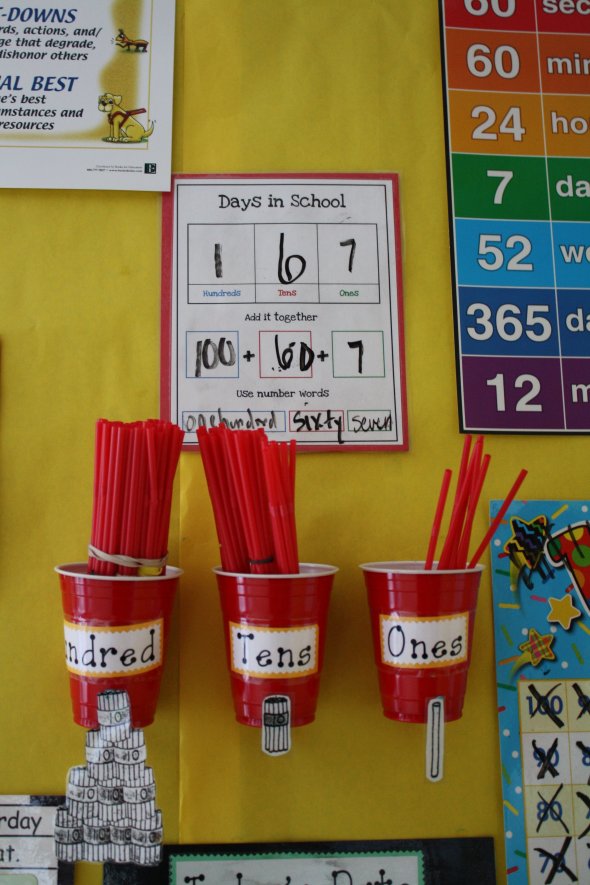
Routines
Set up strong daily routines at the beginning of the year. These routines can be part of your formal math block or during a separate time of the day and should last 10–15 minutes. Certain routines can be incorporated into transitional periods (as an example: when lining-up students can practice a counting routine. NOTE: Counting routines can be used in kindergarten through 5th grade. Depending on the particular focus, each routine should be done daily, weekly, or monthly.
Materials
Below are items you should have to support your students' Math instruction. If you are missing anything from the list, please first contact your site administrator or designated support. If they are unable to resolve the issue promptly, please contact your site’s liaison from the C&I Math Department.
SFUSD Math Student Classwork and Homework booklets are centrally printed and provided by the SFUSD Math Department; the booklets are printed in English, Spanish, and Chinese. Here are PDFs for 5th Grade Student Pages (5th) and 4th/5th Combination Grade Student Pages (Grades 4-5).
Manipulatives have been provided to each site and should remain with the classroom. Here is a linked list of manipulatives for each grade Pre-Kindergarten through Grade 5
Units
Unit Design
SFUSD units are designed around four tasks. These tasks offer all students opportunities to engage in meaningful and rigorous mathematics that allow for the development of the Standards for Mathematical Practice. They give information about how students are learning the core concepts and skills of the unit.
All tasks are used for formative assessment—gathering information about what students know and are able to do—but they are not tests. The Entry, Apprentice, and Expert Tasks allow for student collaboration and individual accountability without being graded based on an expectation of mastery. The Milestone Task can be used as an individual assessment for grading students.
 |
|---|
- Entry Task: What do you already know?
- Apprentice Task: What sense are you making of what you are learning?
- Expert Task: How can you apply what you have learned so far to a new situation?
- Milestone Task: Did you learn what was expected of you from this unit?
Units
| Unit | Description | Orientation | |
|---|---|---|---|
| The first week of school is focused on setting up the classroom culture for the year and developing routines that support the development of the Standards for Mathematical Practice. You will get to know your students, and students will get to know themselves as math learners. | |||
| The inverse properties of multiplication and division can be associated with different situations. Understanding of these operations, together with place value, can be used to solve real-world problems. | Unit 5.1 Orientation | ||
| Decimal place value is an extension of whole number place value, where each place value to the left of another is ten times greater than the one to the right, and each value to the right is 1/10 of the place to its left. | Unit 5.2 Orientation | ||
|
Unit 5.3: Addition and Subtraction of Decimals and Fractions |
The effects of the operations of addition and subtraction with decimals and fractions are the same as those with whole numbers. | Unit 5.3 Orientation | |
|
Unit 5.4: Multiplying and Dividing Decimals by Whole Numbers |
Multiplication and division of two numbers will produce the same digits, regardless of the position of the decimal point. The patterns for the placement of the decimal point and the number of zeros when multiplying or dividing decimals by whole numbers, including powers of 10, can be understood through reasoning about place value. | Unit 5.4 Orientation | |
| Multiplication or division of two numbers will produce the same digits, regardless of the position of the decimal points. When you multiply a number by a factor less than 1, the product will be smaller than the original number. When you divide a number by a divisor less than 1, the quotient will be larger than the original number. | Unit 5.5 Orientation | ||
| The same ideas that apply to multiplying whole numbers and decimals also apply to multiplying fractions. When you multiply a number by a factor greater than 1, the product will be larger than the original number. Whenever you multiply a number by a factor less than 1, the product will be smaller than the original number. | Unit 5.6 Orientation | ||
| Understanding of division of whole numbers can be extended to understand division of unit fractions by whole numbers. and whole numbers by unit fractions. A fraction describes division. | Unit 5.7 Orientation | ||
| Some attributes of objects are measurable and can be quantified using unit amounts. Volume refers to the space taken up by an object itself and can be quantified using three-dimensional units. Measurement units can be decomposed into smaller units and composed into larger units and used interchangeably. | Unit 5.8 Orientation | ||
| There are relationships among numerical patterns, the rules that generate them, and their graphical representations. | Unit 5.9 Orientation | ||
| Two-dimensional objects with or without curved surfaces can be classified in a hierarchy based on their attributes. Attributes belonging to one category also belong to all subcategories of that category. | Unit 5.10 Orientation |
Lesson Structure and Core Math
|
LAUNCH |
The launch of a lesson or task is a brief hook that might relate to previous learning, establish an inquiry question, or connect to real-world situations or interests. It will also support students to understand what is being asked of them, which may include guidance on the use of materials such as manipulatives. |
|
Key Questions How can you connect to students' interests/lives (hook)? |
|
|
EXPLORE |
During the explore part of a lesson or task, students carry the cognitive load. They are experimenting together with number and shape to develop, deepen, or secure their mathematical understandings. They represent their thinking with numbers, pictures, words, and visual representations such as ten frames or number lines. They are talking throughout this part of the lesson, and building on each other’s ideas and questions. The explore often includes a math game. |
|
Key Questions What are students doing? What work do you want to highlight? What does their work show about what they understand? What language are the students using to describe their work? |
|
|
SUMMARIZE |
During the summarize part of a lesson or task, the teacher facilitates a conversation where students share what they have learned related to the core math. They notice and name similarities, differences, or connections across several different pieces of math work. A summary often, but not always, includes routines for consolidation of learning, such as a gallery walk or individual reflection in a notebook. |
|
Key Questions How will you sequence the work to elicit peer-to-peer academic discourse? What questions or prompts might you use? How will you connect different pieces of work to each other? How will you connect the work to the core math? |
Planning Guide
5th Grade Planning Calendar
4th/5th Grade Planning Calendar
These calendars are intended as instructional guides to help with year-long planning. There is no expectation that you teach a particular lesson on a particular day. Each unit is set within a “window” of time that gives you some flexibility.
Reflection Questions Link to this section
- How are students' developmental needs, communities, and experiences being reflected and honored, or how could they be?
- What opportunities do you see for developing equitable access & demand, inquiry, collaboration, and assessment for learning?
- What are the implications for your own practice? What strengths can you build upon? What will you do first?
Want More?
Standards
More Resources
- The SFUSD Math Core Curriculum Fifth-Grade Overview includes the priority standards, the scope and sequence of units and standards, the unit design, class norms, key instructional strategies, and icons used throughout the curriculum to support planning.
- Assessment resources (in addition to the embedded formative assessment in the Core Curriculum)
Contact the Math Team:
This page was last updated on May 18, 2023

